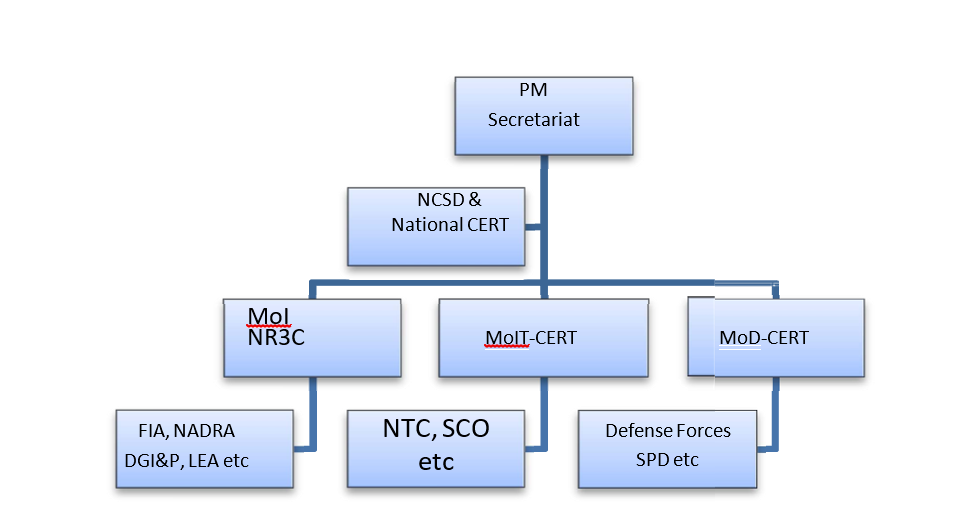ASSESSING CYBERSECURITY CHALLENGES AND RESPONSE READINESS IN PAKISTAN: A COMPREHENSIVE ANALYSIS
DOI:
https://doi.org/10.71146/kjmr215Abstract
The rapid transformation of the globe into a global village that has been brought about by the enormous rise of information technology. As a result, the distances between places have become more manageable, and information can now travel quickly throughout the world as events unfold. On the other hand, at the same time, it has also provided a boost to vulnerabilities, dangers, frauds, and criminals in the online. The ease of access, hacking tools that are favourable to users, and complexity of cyber assaults have all contributed to an invasion of privacy on the part of people, organisations, and nations. In this day and age, Pakistan is confronted with a myriad of different kinds of cyber threats. In order to determine the nature and dynamics of the danger posed to Pakistan's information and communications technology (ICT) infrastructure and resources, this study conducts an analysis of recent cyber assaults that have been launched against the government, corporate, and private sectors. The research sheds light on a broad spectrum and diversity of cyber risks, including anything from simple website defacement to complex and enduring cyber threat. In addition, the current reaction capacity at the organisational and government levels has been examined, and the deficiencies have been brought to light. It is thought that Pakistan's lack of any regulations pertaining to cyber security, the absence of any reaction mechanisms, and the absence of any organisational structure in the nation may make the country's internet a paradise for criminals and operators and users who intentionally do harm. It should be underlined that the government of Pakistan not only needs to grasp the dangers posed by the internet and the repercussions of its uncontrolled use, but it also needs an effective reaction system in order to protect itself from these dangers. This paper proposes a high level organisational structure for the development of critical cyber security organisations at multiple tiers. These bodies will be responsible for safeguarding the nation's cyber space by enacting appropriate laws and designing the reaction mechanism at different levels of government.
Downloads

Downloads
Published
Issue
Section
License
Copyright (c) 2025 Muhammad Saad Qasim , Zeeshan Ahmad, Saima Maqsood , Shahroz Zafar , Dr. Muhammad Azam (Author)

This work is licensed under a Creative Commons Attribution 4.0 International License.






